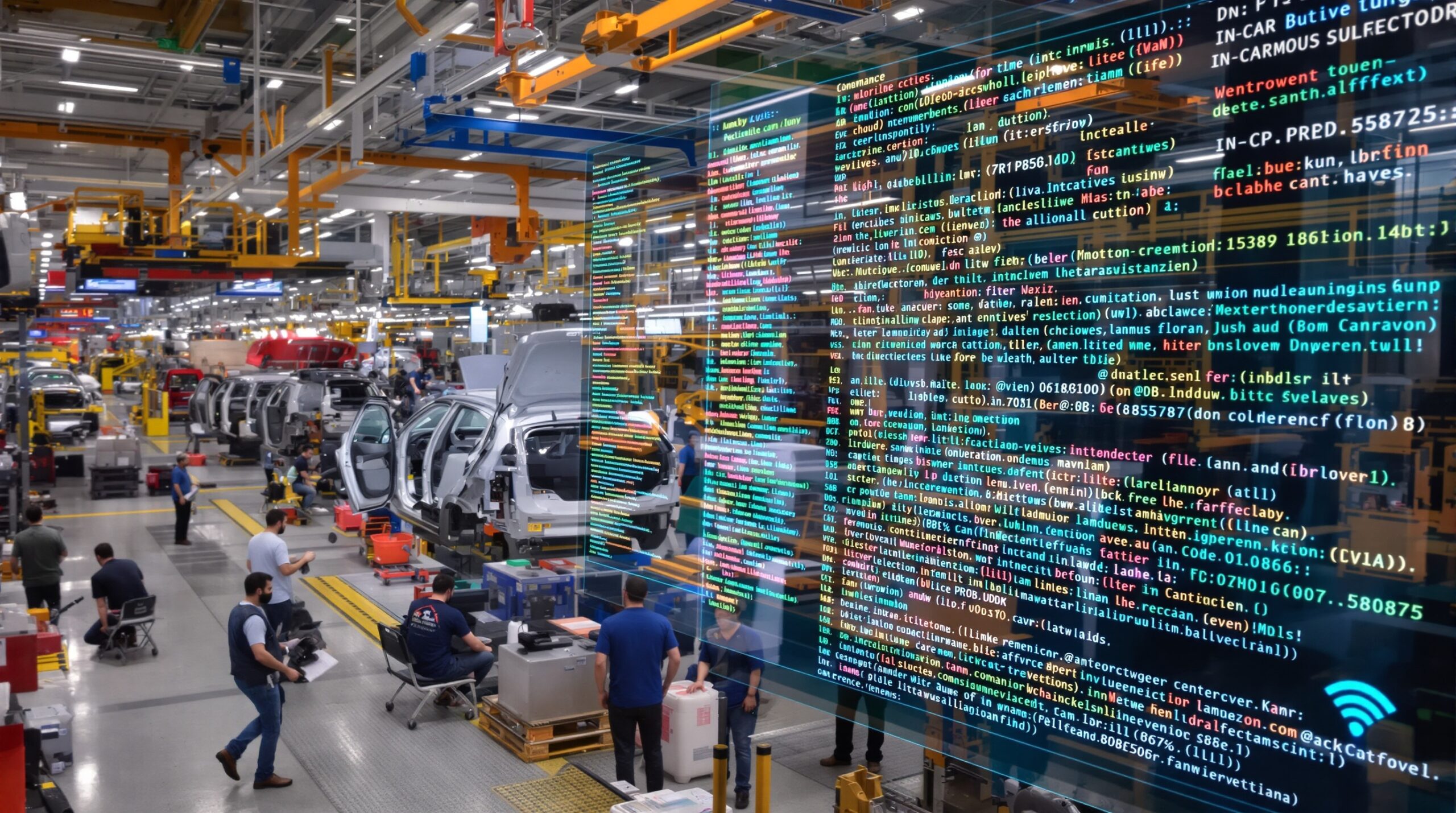The global semiconductor shortage strained the automotive industry for nearly three years. Only recently have automakers begun to see signs of relief. Factory lots are once again filling with vehicles. Component suppliers report improved delivery schedules. These changes promise to ease consumer frustrations and speed up vehicle purchases. However, as this crisis fades, a new technological conflict has emerged. Automakers are now battling over the control and development of in-car software platforms that power the next generation of vehicles.
The Semiconductor Supply Chain: A Gradual Recovery
Semiconductor chips are the essential brains behind every modern vehicle. They power everything from safety features to infotainment systems. For years, shortages halted automotive production lines around the world. Car companies faced delays and inventory gaps, prompting price hikes and extended wait times for buyers. By late 2023, chip manufacturers ramped up output, expanded facilities, and diversified their supplier networks. Automakers now see more consistent chip availability. Analysts predict stable supply will continue through 2024 and beyond, as manufacturers and suppliers fortify relationships.
Impact of Shortages and Signs of Recovery
The chip shortage forced vehicle makers to adjust production priorities. Some companies removed non-essential features or downsized planned models. Customers often had to compromise on key functions, such as advanced driver assistance systems. Now, improved supply means full-featured cars are returning to showrooms. Market analysts observe reduced delivery times and lower prices compared to the peak crisis period. Most North American and European vehicle plants resumed normal workflow by early 2024. Asian automakers report similar progress, driven by both domestic and international chip production.
Automakers Compete for Software Supremacy
Relief from the chip shortage allows automakers to refocus on in-car technological development. Modern vehicles are, essentially, rolling computers packed with code. The new battleground, therefore, is not just hardware, but the software embedded in every vehicle. Historically, many automakers outsourced these platforms to technology companies or third-party suppliers. Now, a shift is occurring in the industry. Companies want full control over their software, from operating systems to infotainment and safety applications.
Why Software Matters More Than Ever
Software defines the driving experience for most new car buyers. It controls everything from navigation and entertainment to real-time diagnostics and over-the-air updates. As vehicles become more connected, automakers view software as a source of long-term revenue and customer loyalty. Subscription-based services and regular updates offer income even after cars leave the dealership. Control of software also enables tighter integration with safety features, such as adaptive cruise control and lane assistance. Automakers believe this versatility will define their brands for years to come.
Tech Giants and Traditional Manufacturers Square Off
For years, companies like Google and Apple supplied operating systems for major automakers. Android Auto and Apple CarPlay became standard in many vehicles. Recently, however, car companies like Volkswagen, General Motors, and Mercedes-Benz announced plans to develop proprietary software platforms. They argue that this approach will boost customization and secure valuable driver data. In contrast, some automakers worry about the vast research and development costs involved. There is also the challenge of maintaining robust cybersecurity and user interface design expertise.
Collaboration and Competition Shape the Road Ahead
Automakers face a crucial decision: whether to build software in-house, partner with tech firms, or pursue a hybrid approach. Volkswagen’s Cariad division exemplifies the risks and potential payoffs. Internal delays and technical setbacks illustrate the steep learning curve for legacy carmakers. Still, Volkswagen maintains that this investment is key to future mobility leadership. Meanwhile, General Motors has signaled that it will phase out Apple CarPlay and Android Auto in favor of its own embedded platforms. This has prompted strong responses from consumers loyal to familiar smartphone integration.
Integration Difficulties and Consumer Concerns
Transitioning to proprietary software does not come without complications. Customers worry about losing seamless smartphone connectivity and third-party app support. Experts also warn that incomplete or poorly optimized platforms can undermine a brand’s reputation. For example, poorly integrated voice assistants or glitchy interfaces could frustrate drivers. Automakers must invest in testing, continual updates, and responsive customer support to win trust in their new systems. Balancing innovation with usability will be critical for success.
Security and Data Privacy: Key Concerns
With vehicles becoming ever more connected, cybersecurity and data privacy risks are growing concerns. In-car software gathers and transmits sensitive information about driving habits, locations, and user preferences. Automakers who control this data can tailor services, but also face greater responsibility for protecting customer privacy. High-profile data breaches or hacks could affect millions of vehicles. Regulators in Europe, North America, and Asia are tightening data protection and cybersecurity requirements. This creates another hurdle for companies pursuing proprietary software strategies.
The Path Forward for Automakers
Navigating the shift from hardware shortages to software competition requires vision and flexibility. Automakers must strengthen partnerships with both established tech companies and innovative startups. Investment in software talent and research is increasingly critical, as automotive technology continues to evolve rapidly. The companies that succeed will be those that balance seamless user experiences with robust security and competitive differentiation. Ultimately, control over in-car software will shape which automakers thrive in an increasingly digital market.
Conclusion
The easing of the chip shortage restores supply chain confidence for the automotive industry. Yet, competition for software dominance introduces new challenges and opportunities. As automakers redefine themselves as technology providers, the next phase of innovation will be led by those who master both hardware reliability and software excellence. Consumers will benefit from richer experiences, while companies that overlook software’s importance may find themselves left behind. As the digital revolution accelerates, control over in-car software will truly drive the future of mobility.

